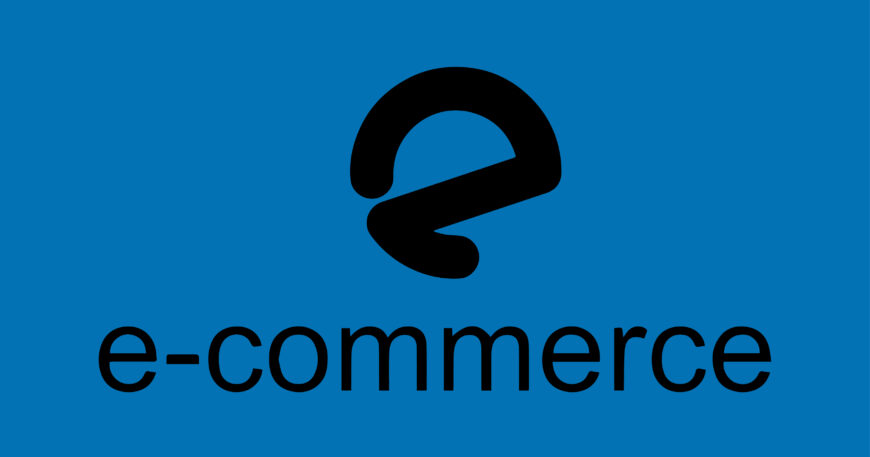E-commerce, or electronic commerce, refers to the buying and selling of goods and services over the internet. It encompasses a wide range of business activities and transactions conducted online, including retail shopping, online banking, auctions, and more. Here are the main aspects of e-commerce:
- Online Retail (B2C):
This involves businesses selling products or services directly to consumers through their websites or online marketplaces like Amazon, eBay, and Etsy. - Business-to-Business (B2B):
Companies sell products or services to other businesses. This can include wholesale distributors, manufacturers, and other enterprises using platforms like Alibaba or industry-specific B2B portals. - Consumer-to-Consumer (C2C):
Consumers sell directly to other consumers through platforms such as eBay, Craigslist, and Poshmark. These transactions often involve used goods or peer-to-peer services. - Consumer-to-Business (C2B):
Individuals sell products or offer services to businesses. Examples include freelancers offering services on platforms like Upwork and Fiverr or influencers getting paid for promoting a company’s products. - Mobile Commerce (m-commerce):
E-commerce transactions conducted via mobile devices, including smartphones and tablets. This includes mobile shopping apps, mobile banking, and digital wallets like Apple Pay and Google Wallet. - Social Commerce:
The use of social media platforms to facilitate e-commerce transactions. This can involve direct sales through social media pages, targeted advertisements, and social media marketplaces like Facebook Marketplace and Instagram Shopping. - Dropshipping:
A retail fulfillment method where a store doesn’t keep the products it sells in stock. Instead, when a store sells a product, it purchases the item from a third party and has it shipped directly to the customer.
Key Components of E-commerce:
- E-commerce Platforms:
Software solutions like Shopify, WooCommerce, and Magento that provide the infrastructure for creating and managing online stores. - Payment Gateways:
Services like PayPal, Stripe, and Square that facilitate secure online payment transactions. - Logistics and Fulfillment:
Processes involved in storing, packaging, and shipping products to customers. This can include warehousing services and partnerships with shipping companies. - Digital Marketing:
Strategies to attract customers to e-commerce sites, including SEO (Search Engine Optimization), PPC (Pay-Per-Click) advertising, email marketing, and social media marketing. - Customer Service:
Online support services such as live chat, email support, and comprehensive FAQ sections to assist customers with their purchases and inquiries.
Advantages of E-commerce:
- Convenience:
Customers can shop 24/7 from anywhere with internet access. - Wider Reach:
Businesses can reach a global audience, not limited by geographical location. - Lower Operational Costs:
Reduced need for physical storefronts and associated expenses. - Personalization:
Ability to offer personalized shopping experiences and targeted marketing based on customer data and behavior. - Data Analytics:
Access to detailed customer data and sales analytics to inform business decisions and strategies.
Challenges of E-commerce:
- Security:
Ensuring the security of online transactions and protecting customer data from cyber threats. - Logistics:
Managing efficient and cost-effective shipping and handling of products. - Competition:
Highly competitive market with many businesses vying for customers’ attention. - Customer Trust:
Building and maintaining trust with customers, especially regarding product quality and delivery reliability.
In summary, e-commerce is a dynamic and growing sector that leverages digital technology to facilitate commerce, offering numerous opportunities and challenges for businesses and consumers alike.




